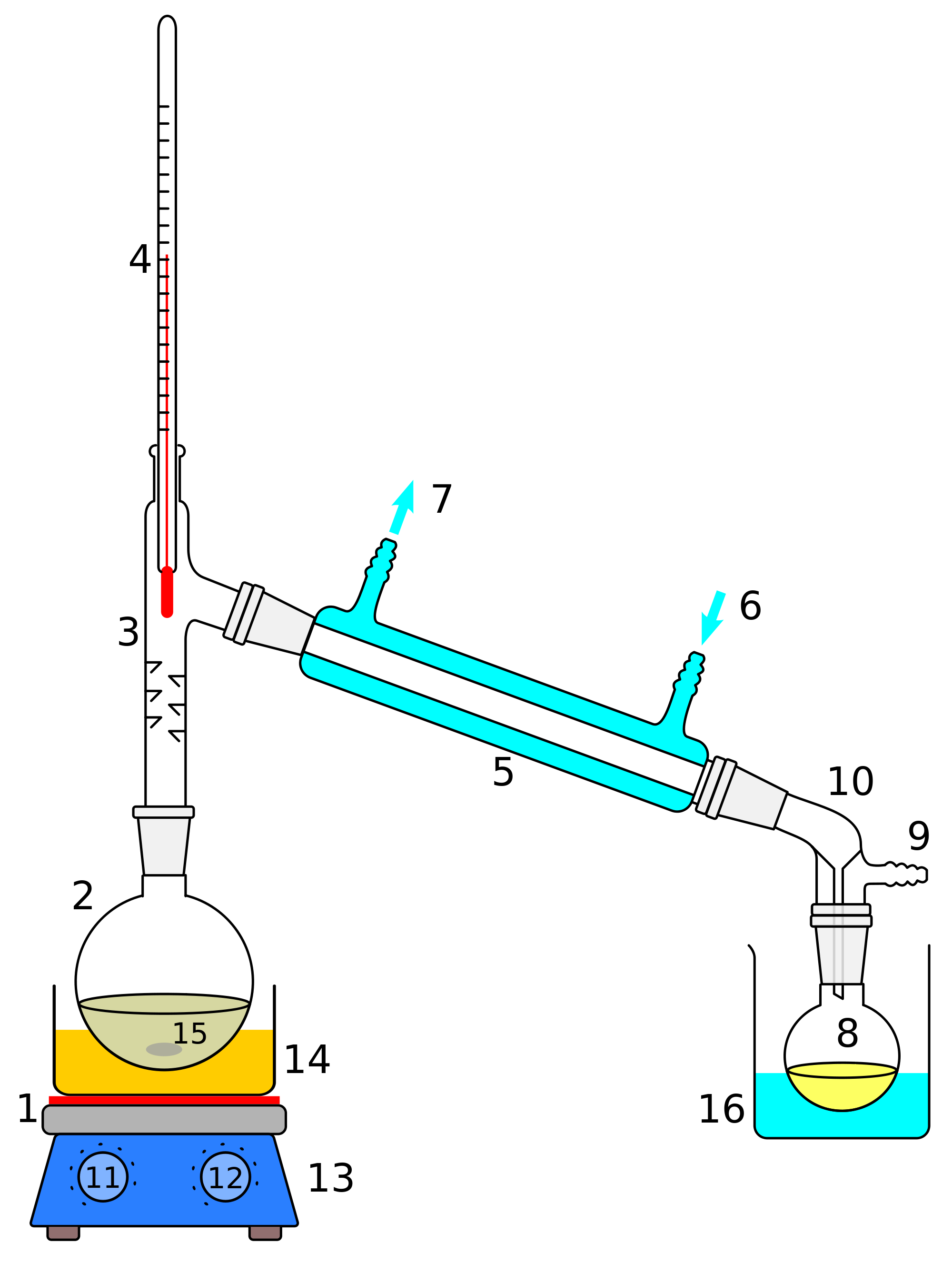

Historically, there has been a reluctance amongst innovative pharmaceutical companies to use continuous manufacturing, as it has been perceived as highly resource-intensive, technically challenging and also presenting a potential regulatory risk.

The expertise of experienced CDMO partners matters In this article, I’d like to share some real-world applications and case studies demonstrating our efforts at WuXi STA to develop sustainable processes for API production using continuous manufacturing. More importantly, flow chemistry is aligned with improved quality via good process controls and the design of experimental concepts. It is well- known for its benefits in safety, speed and cost-efficiency. One such technology in the manufacturing of Active Pharmaceutical Ingredients (APIs) is Continuous Manufacturing (CM), which is also known as continuous processing or continuous flow chemistry.Īlthough continuous manufacturing has been used for more than a century in the chemical industry, it remains under-utilised for pharmaceutical production. Despite a historically slow speed of change due to its highly regulated nature, the pharmaceutical industry is highly visible in adopting sustainable practices and green technologies. Globally, we are exploring innovative manufacturing technologies to improve environmental sustainability while enabling innovators in the pharmaceutical industry to bring more new drugs to patients. Sustainability drives, combined with initiatives to reduce environmental burden and carbon footprint via innovations, are now underway in most industries. “WuXi STA’s commercial-scale photochemistry production line”Ĭontinuous manufacturing will enable the sustainable production of Active Pharmaceutical Ingredients.


 0 kommentar(er)
0 kommentar(er)
